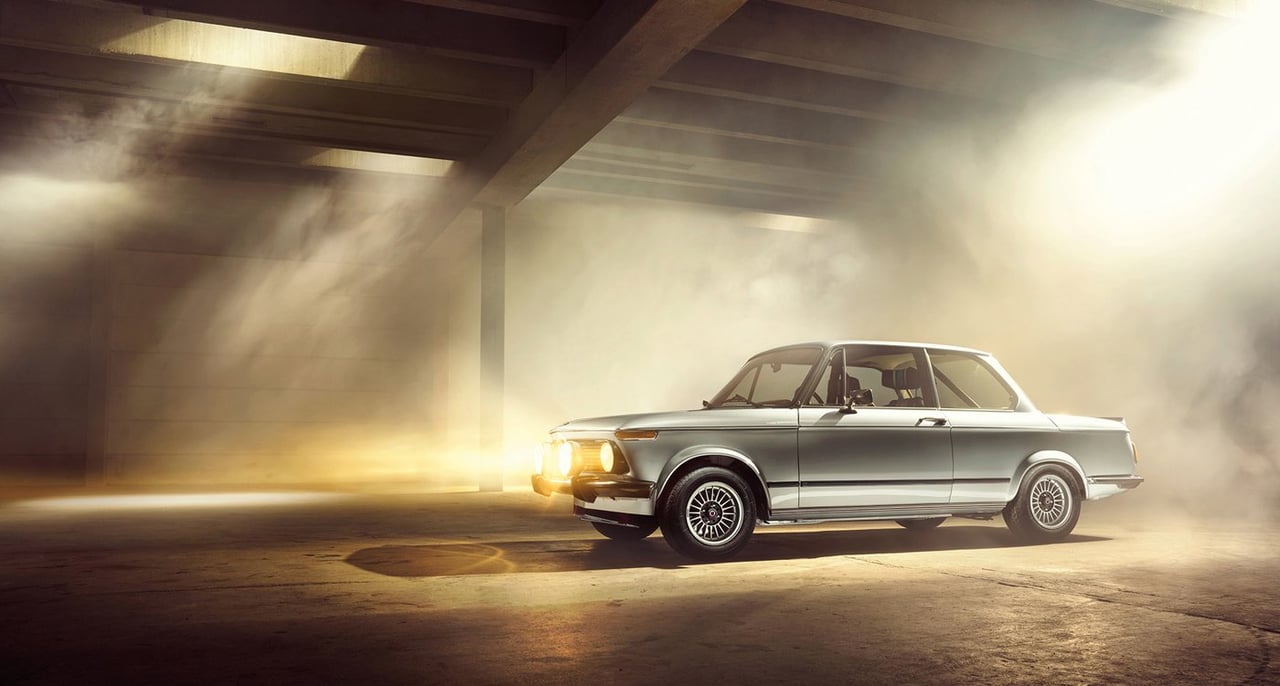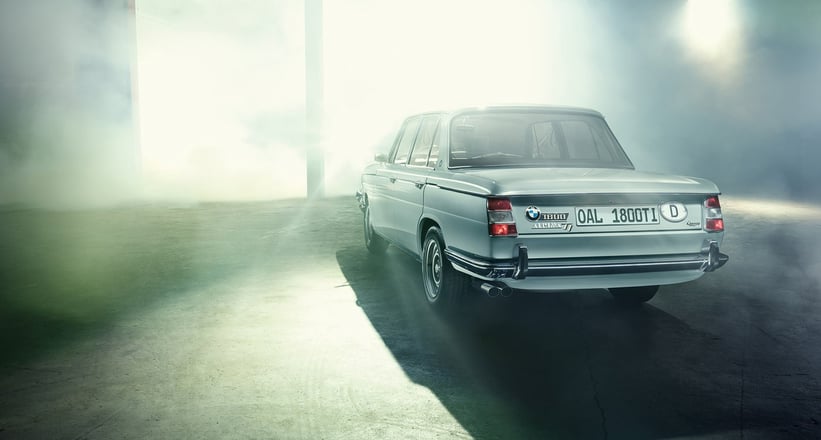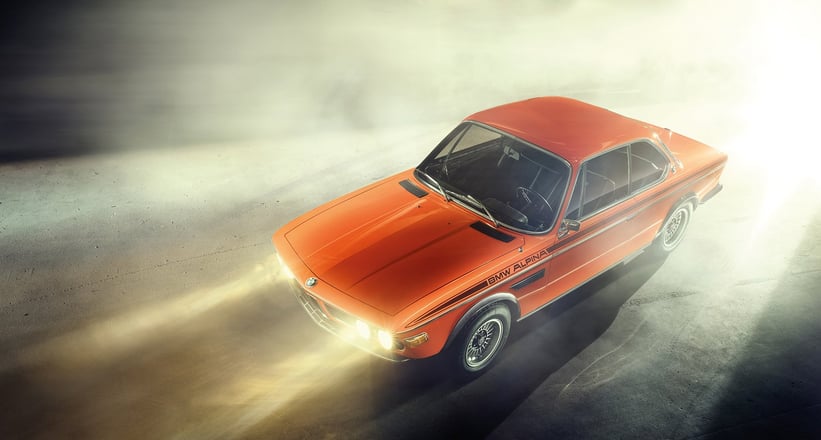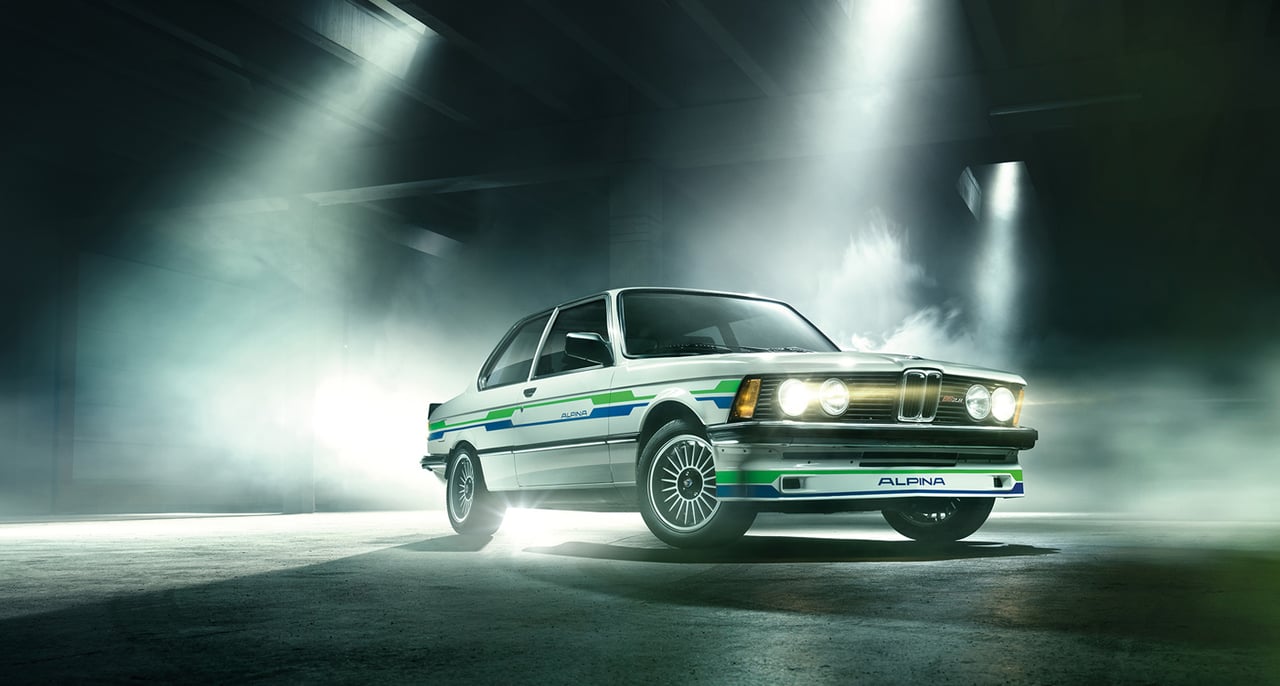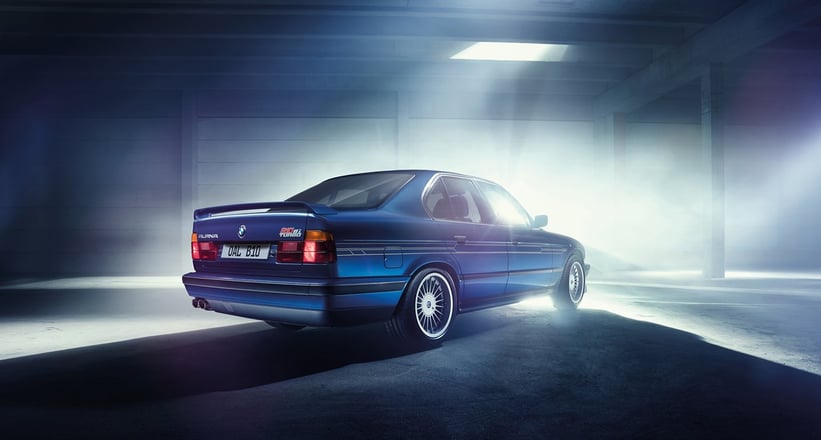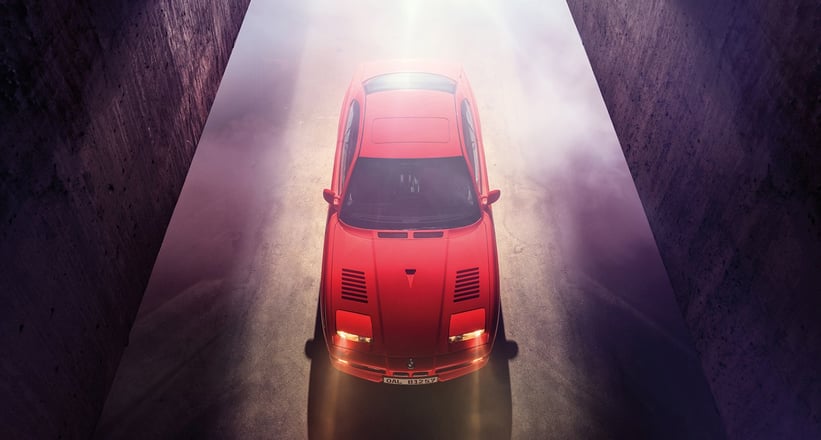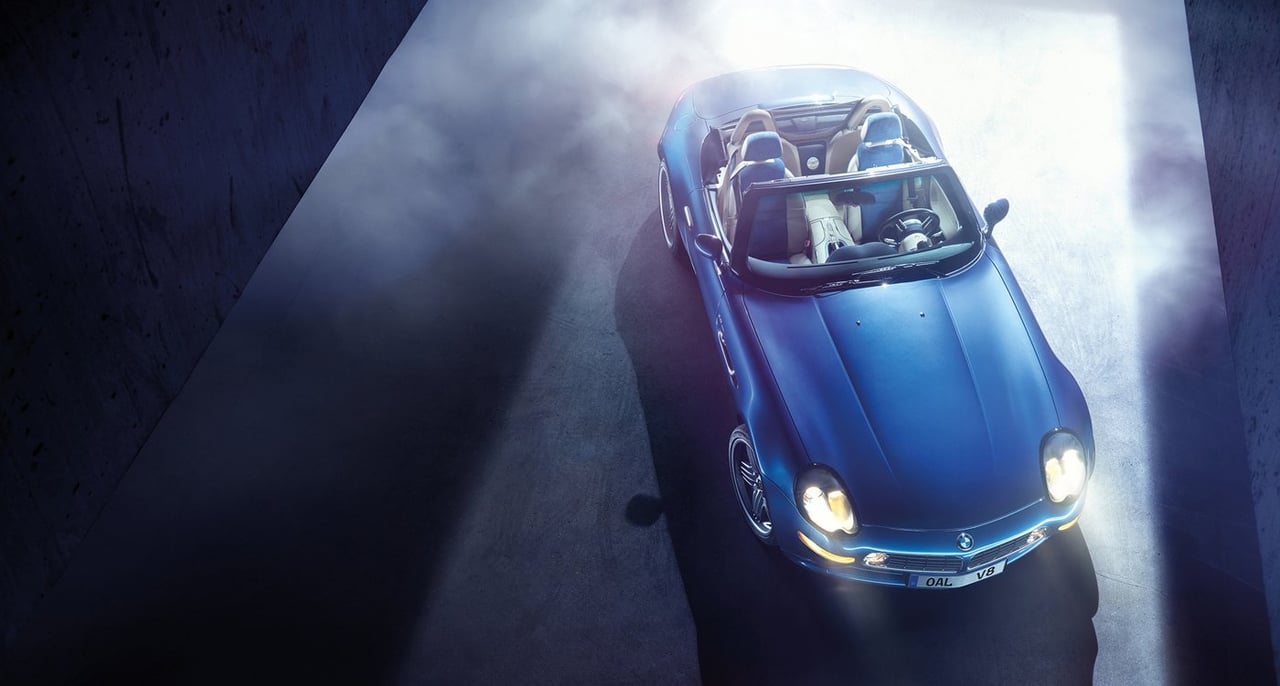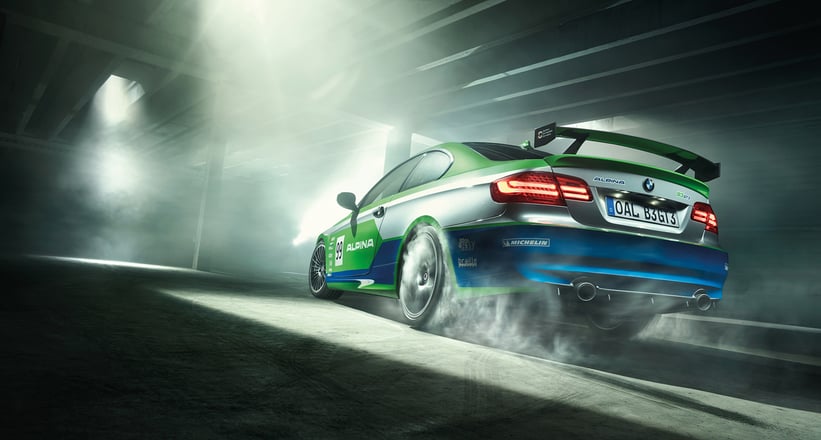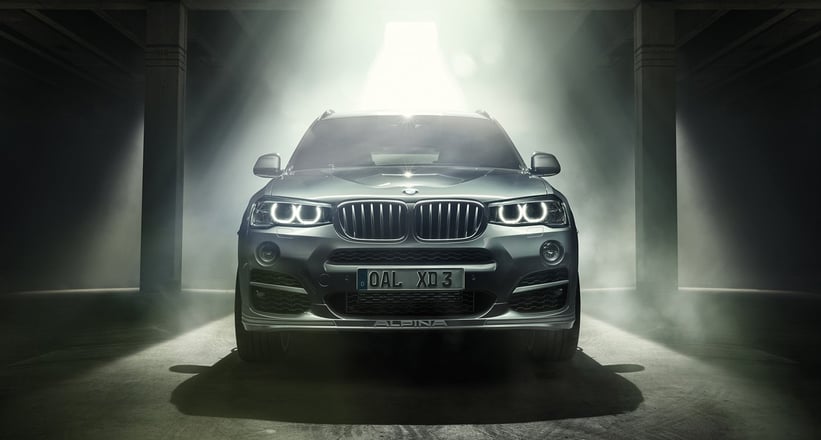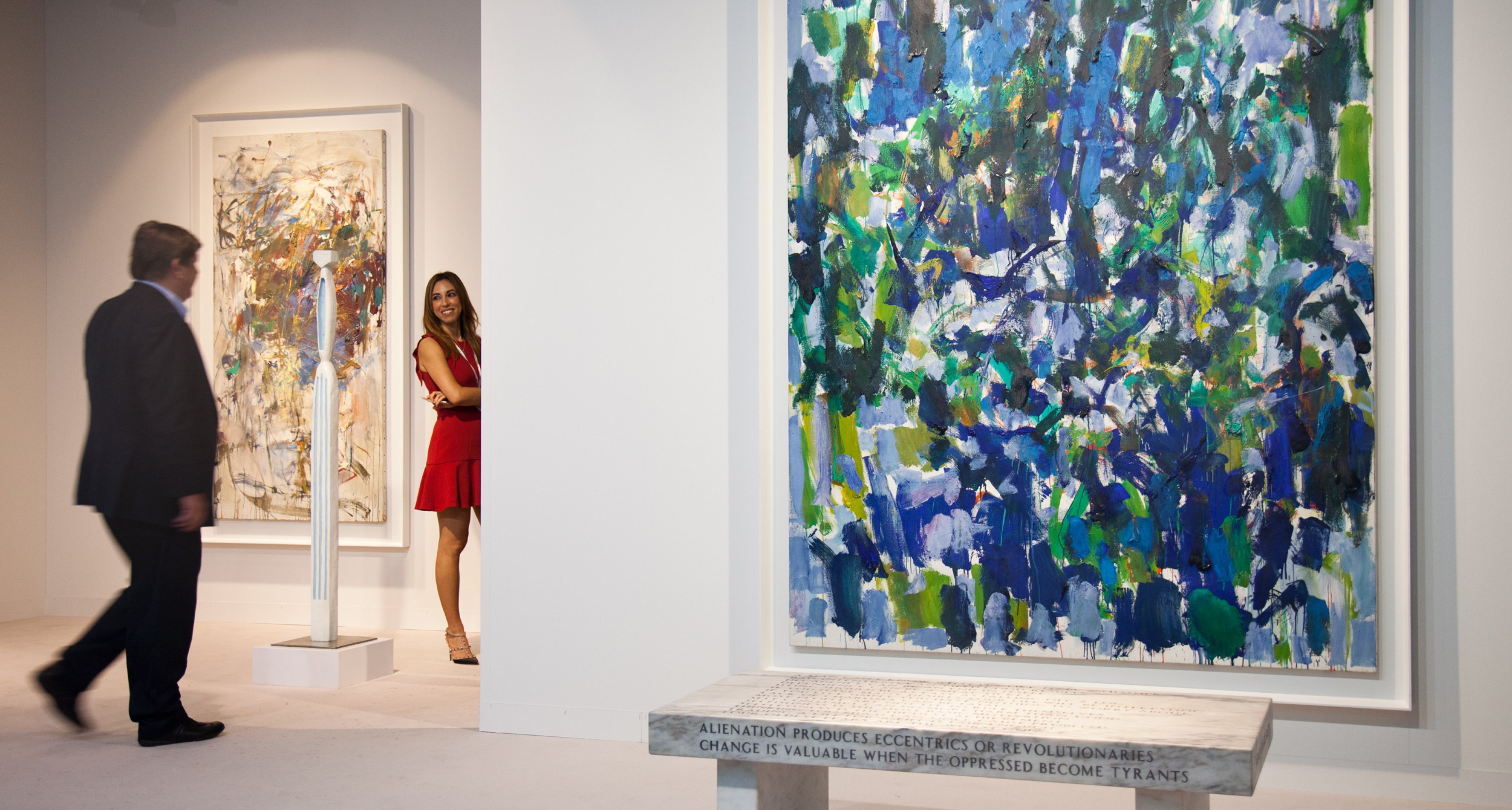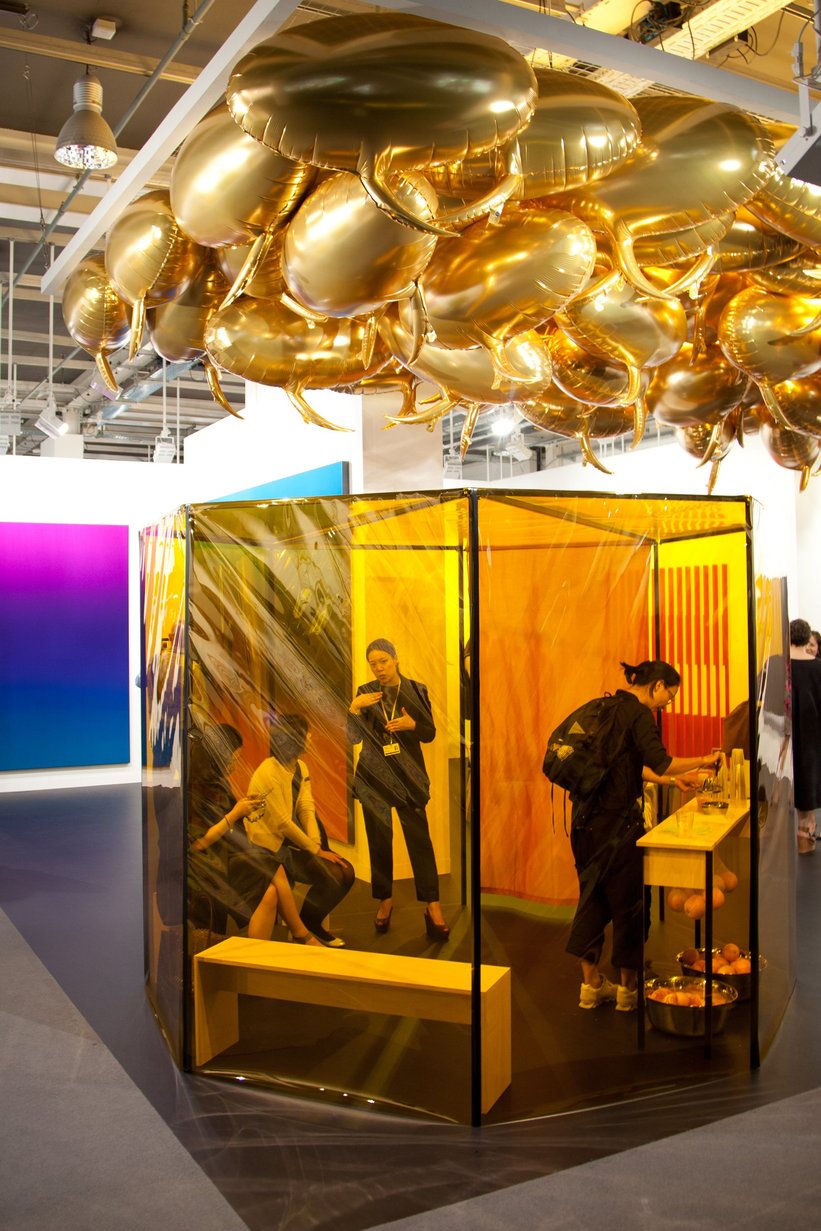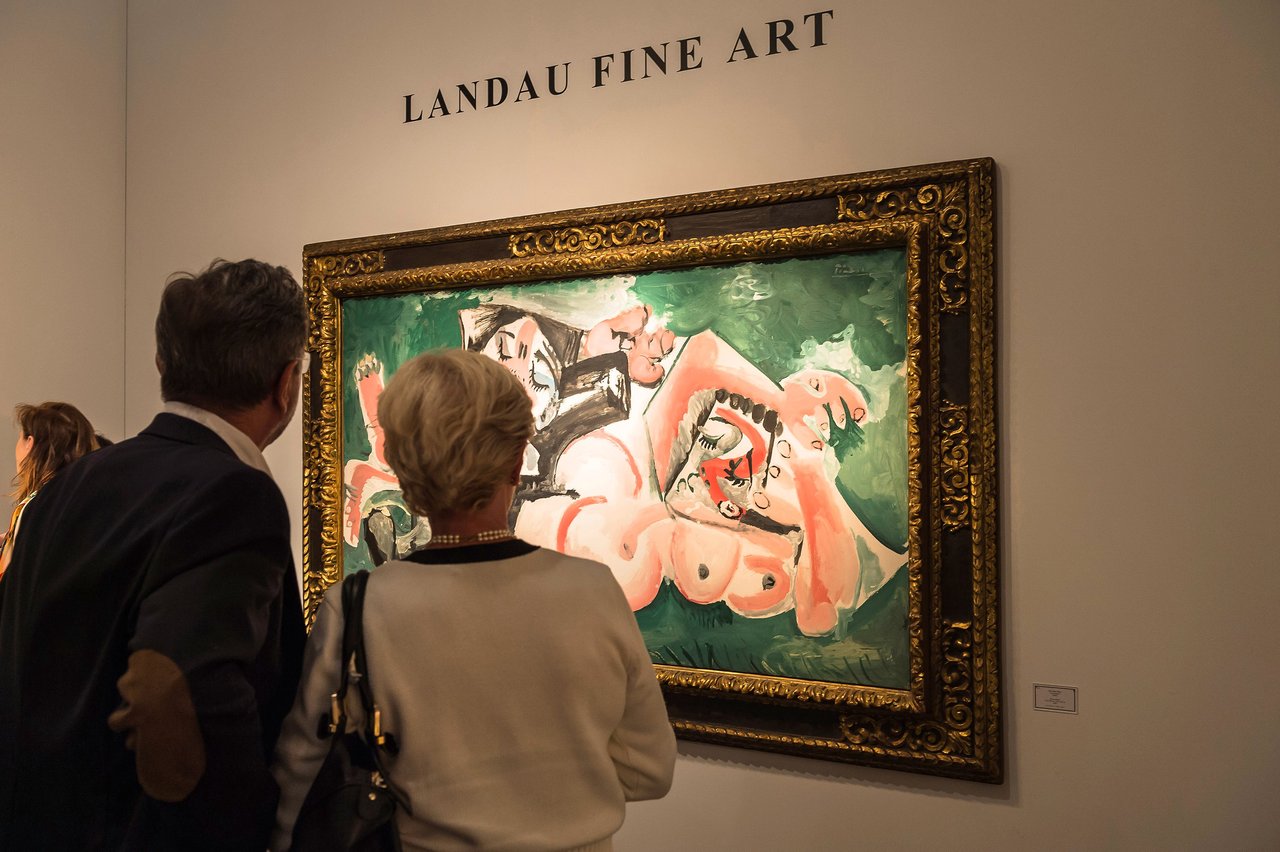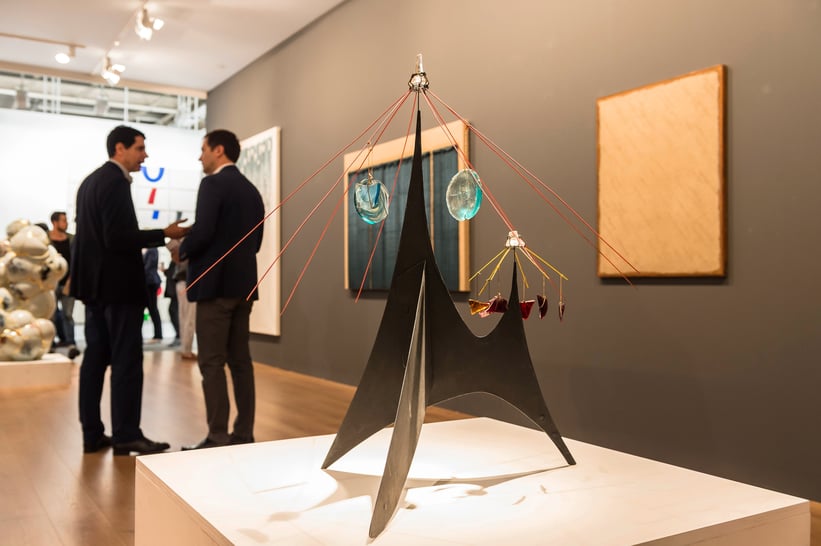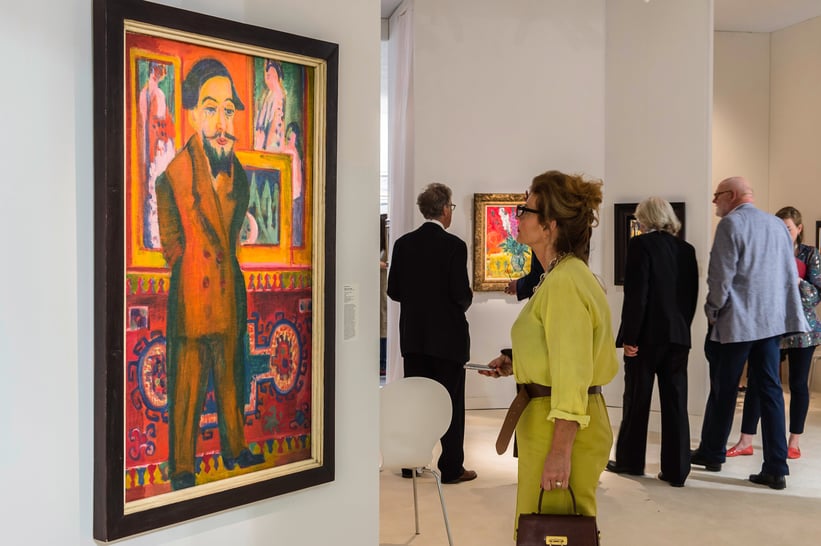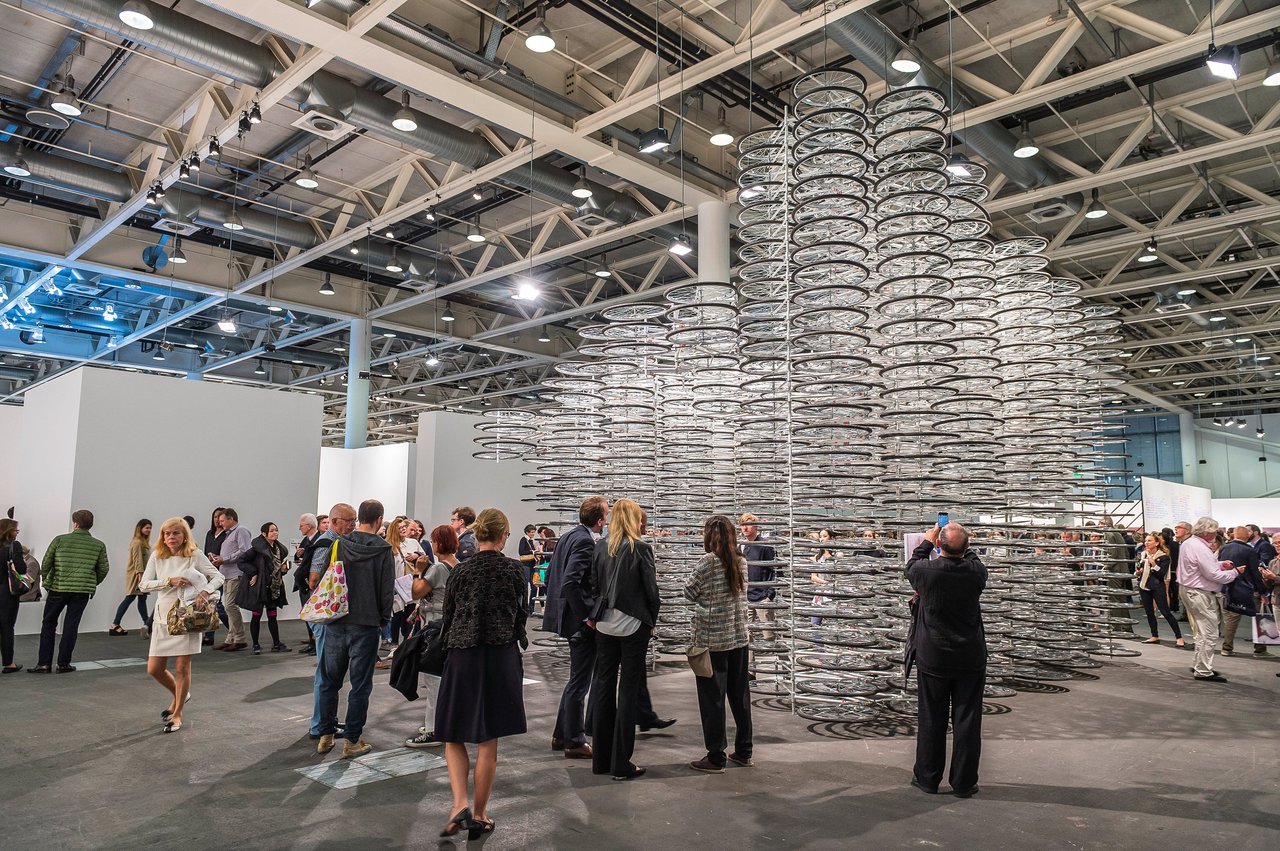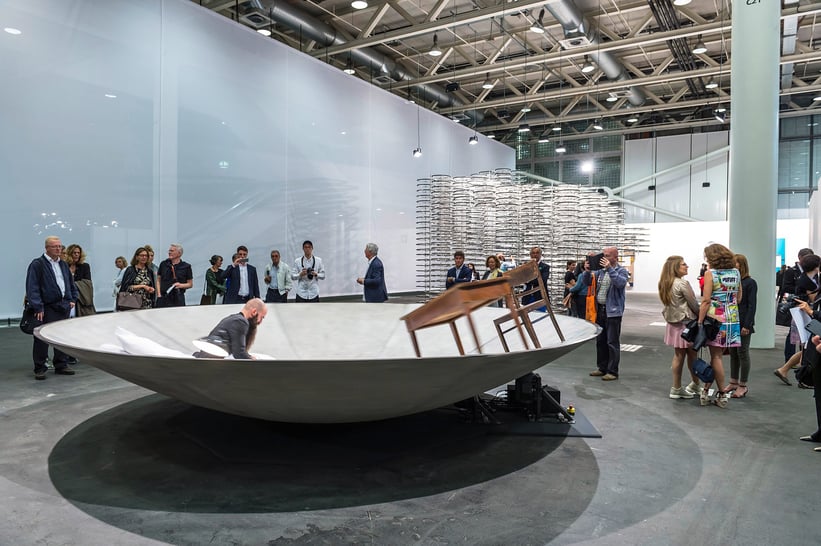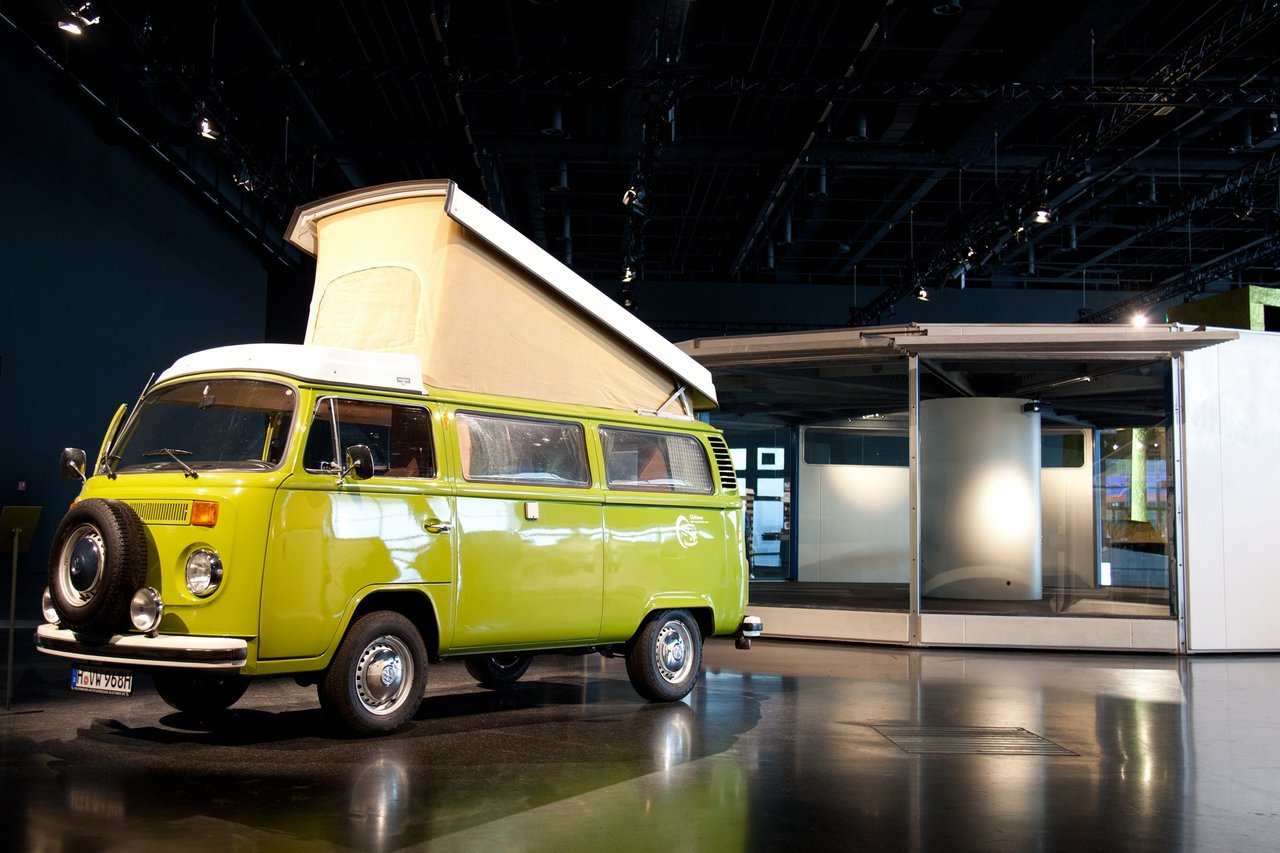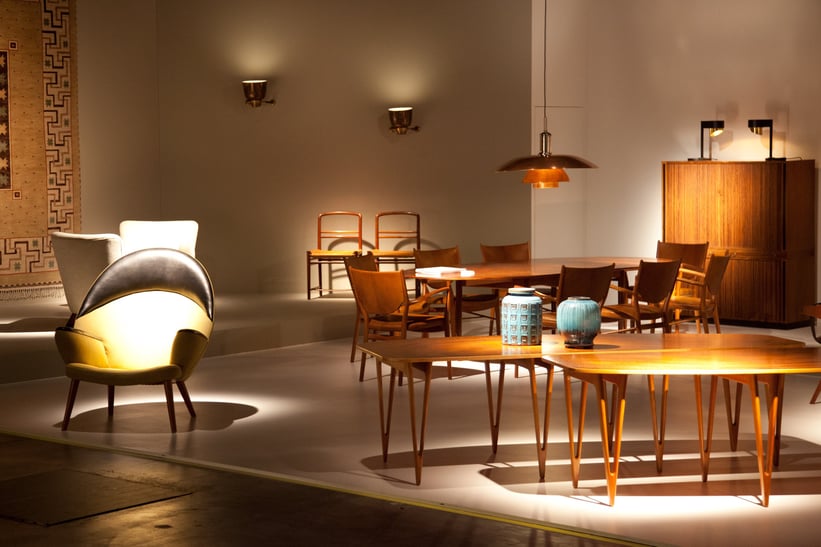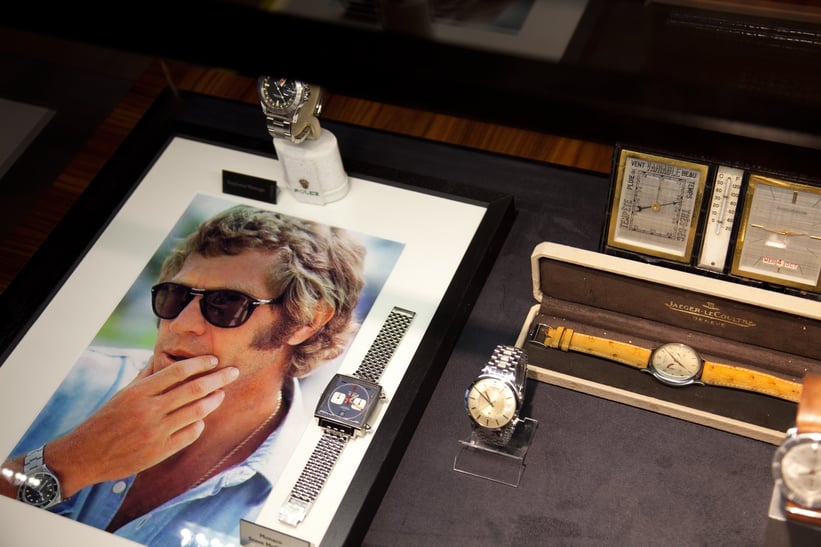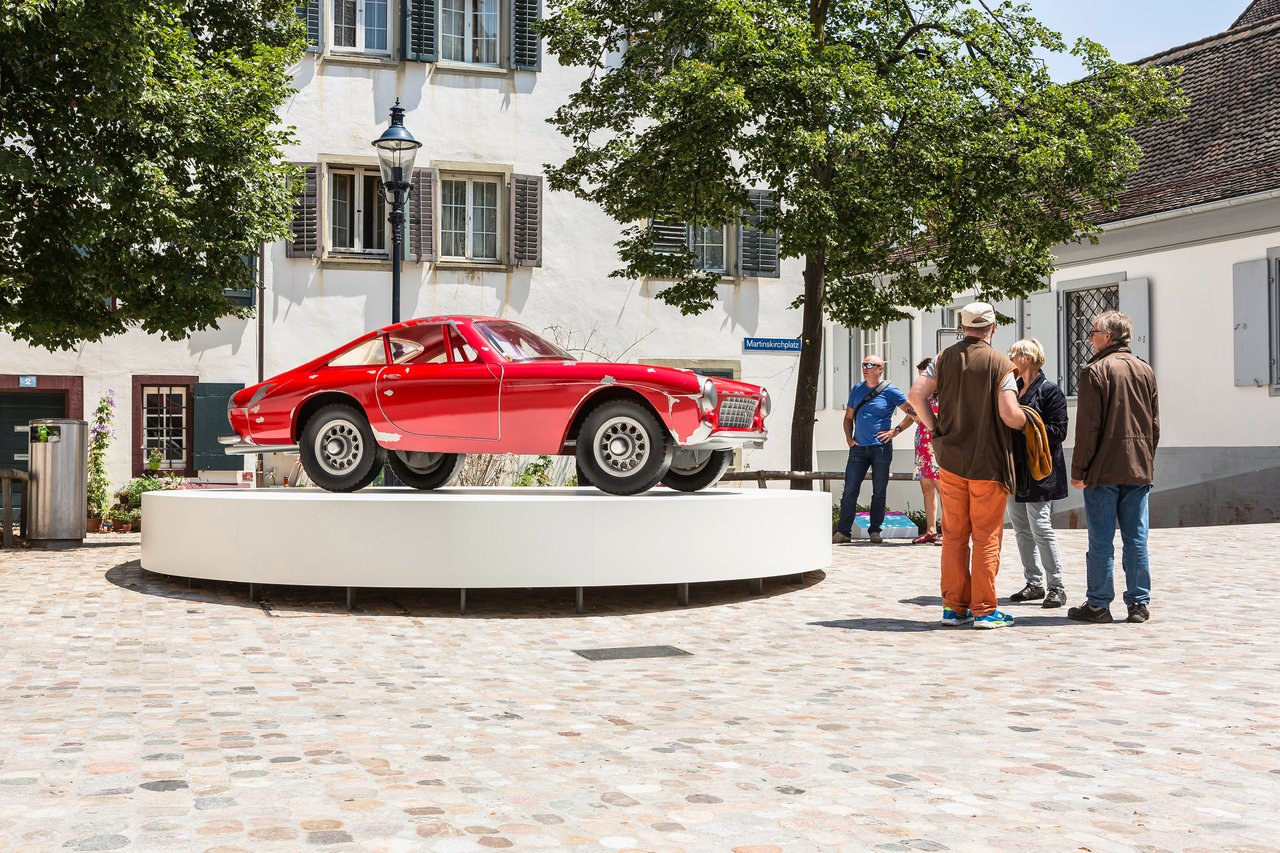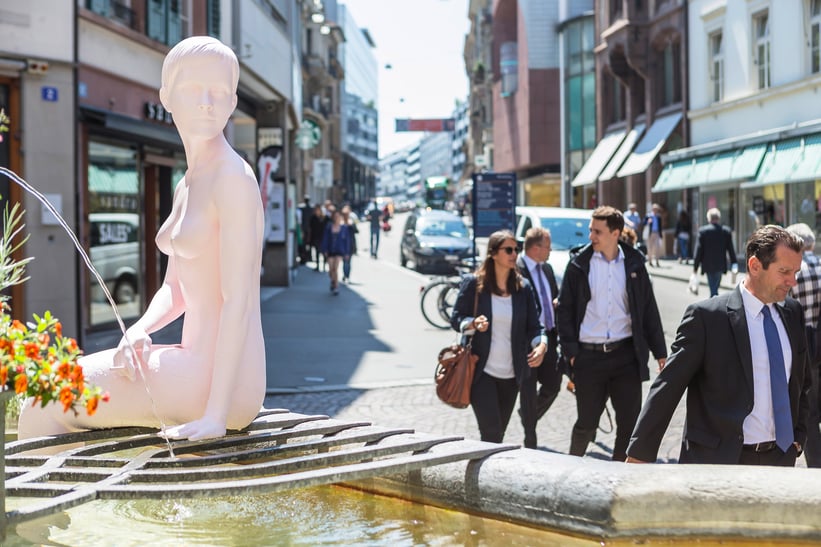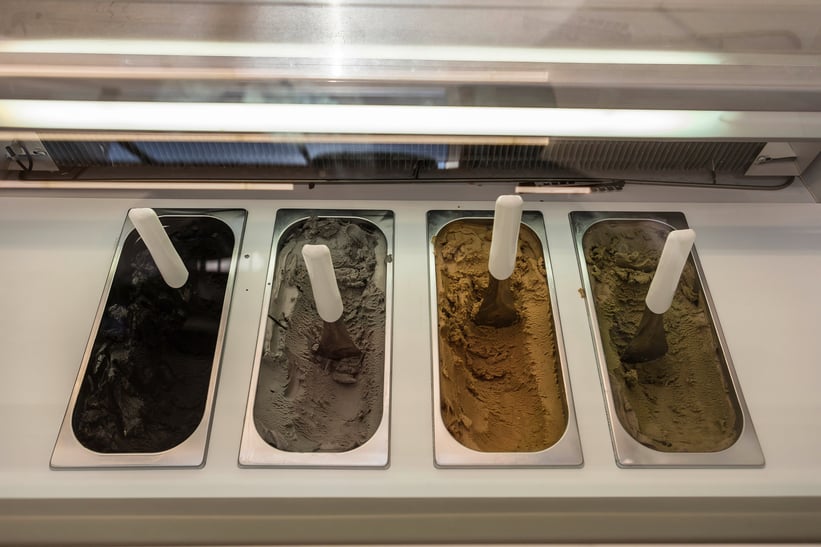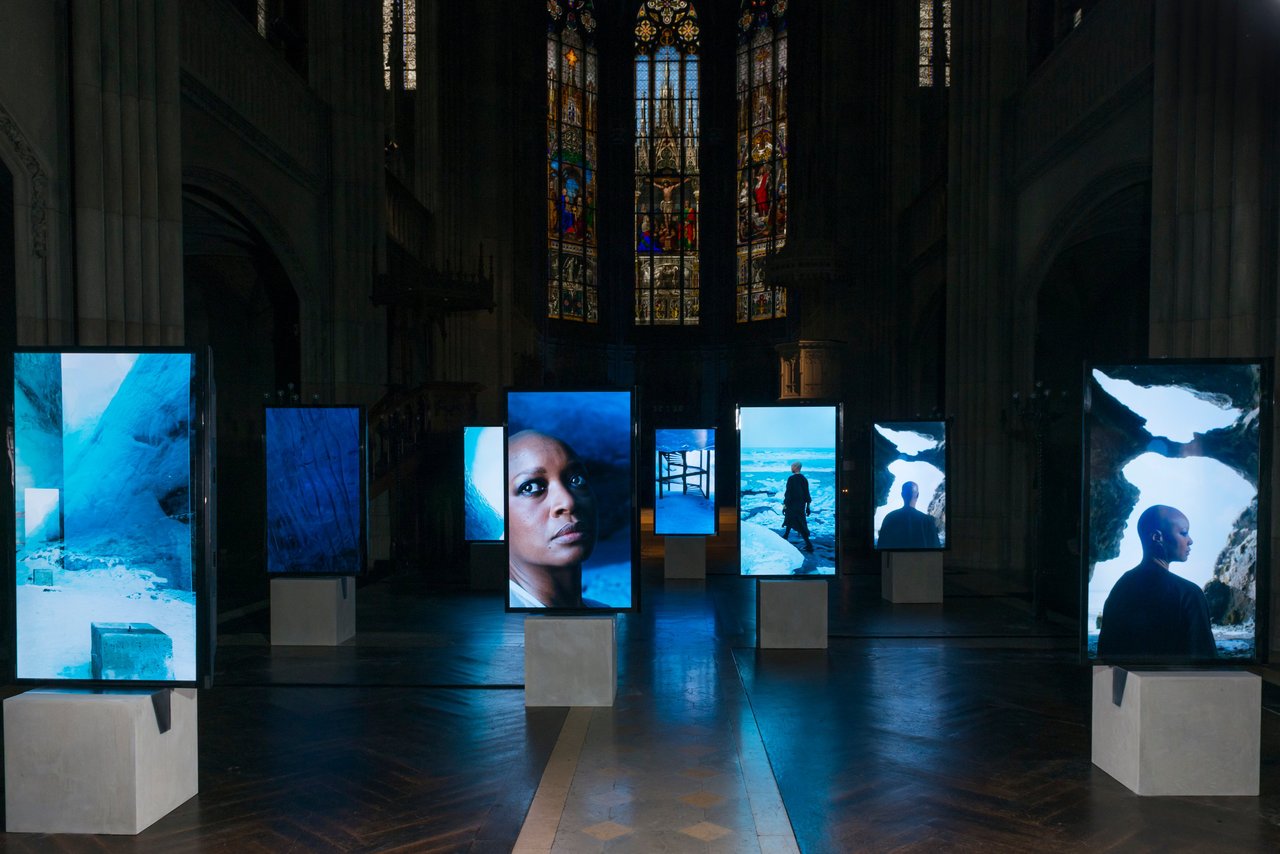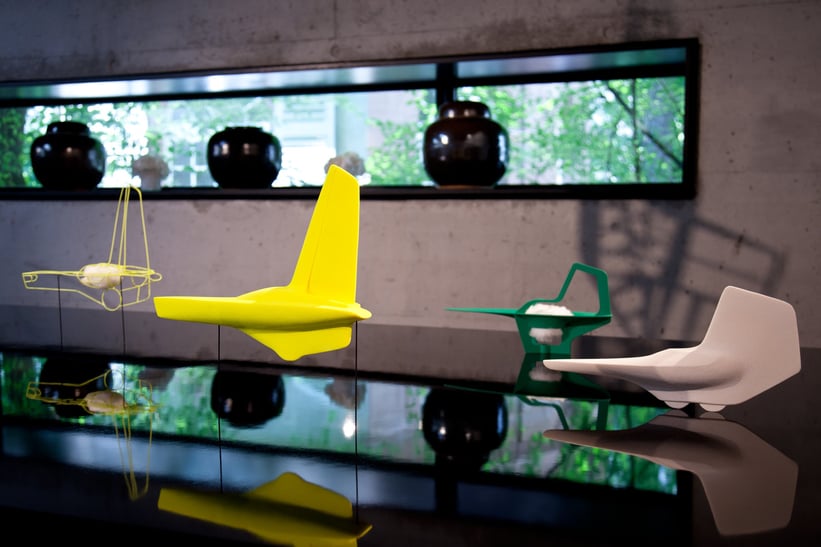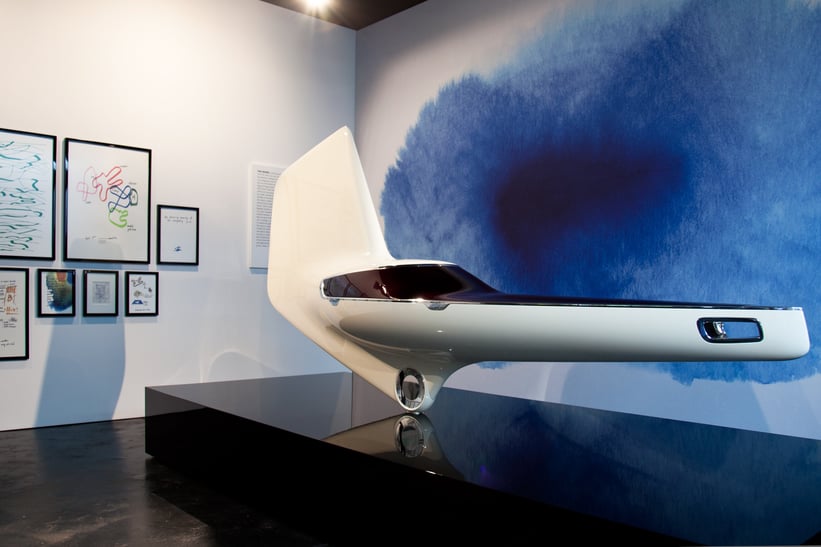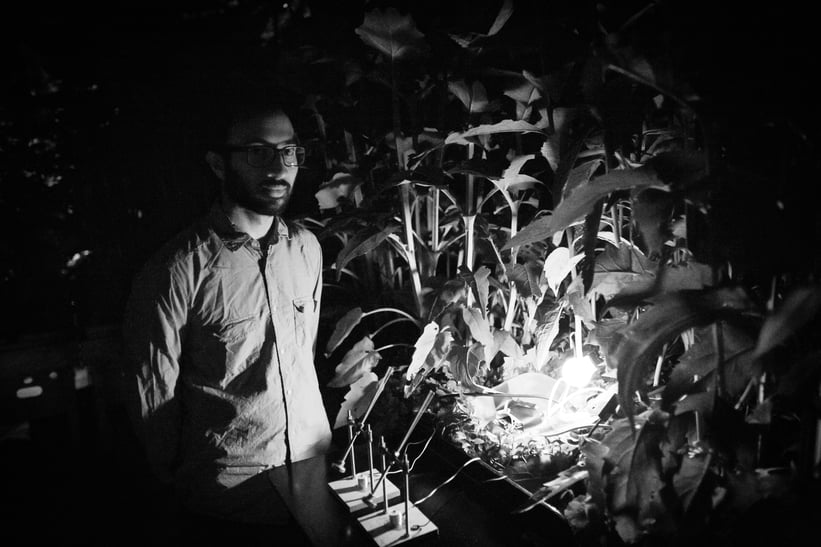
When it appeared almost 50 years ago, the Maserati Ghibli was a worthy rival to the Ferrari ‘Daytona’ and Lamborghini Miura. But how could Maserati hope to improve on such a desirable road car? By designing an open-topped version, the stunning Ghibli Spyder…
In the late 1960s, the original Ghibli was more expensive to buy than the celebrated Ferrari 365 GTB/4 Daytona. And yet, as evidence of both its beauty and superb driveability (not to mention 170mph potential from its 4.7-litre V8 engine, in coupé form), it outsold the hugely admired Ferrari. The exquisitely designed grand tourer (said by many to be Maserati’s ultimate road car) was the work of stylist Giorgetto Giugiaro, while he was working for Ghia. It made its first public appearance at the 1966 Turin motor show, going on sale the following year.
The beheaded beauty
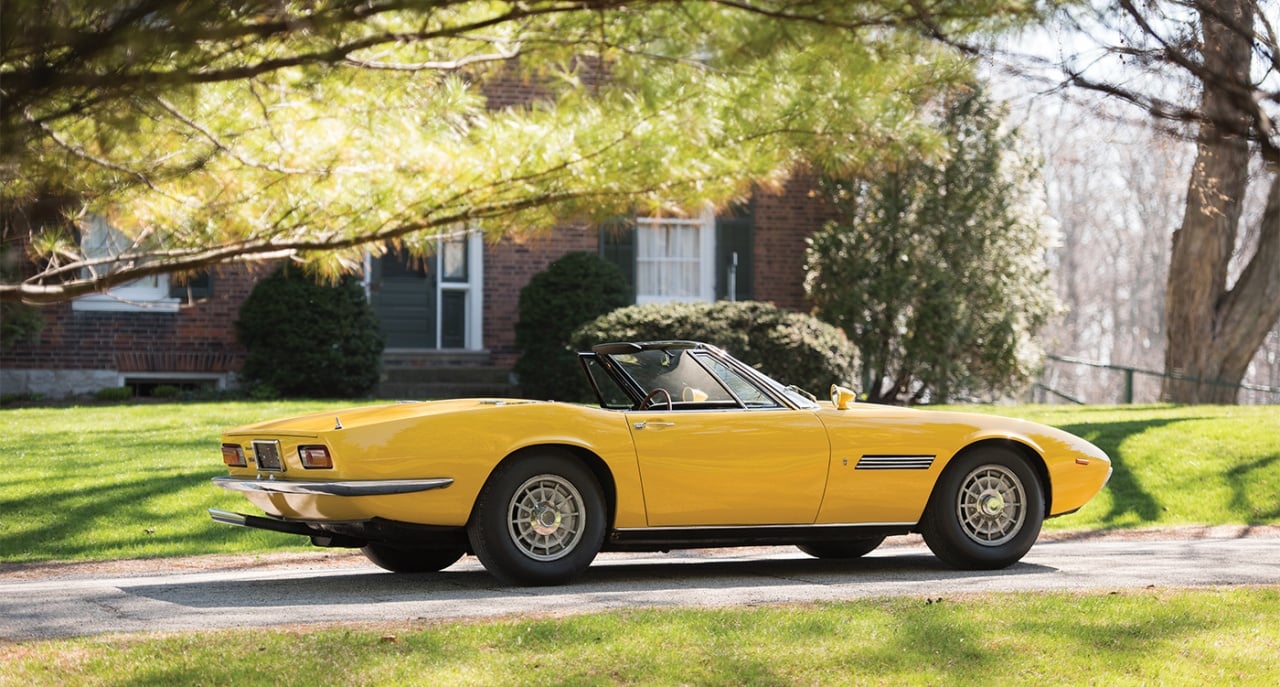
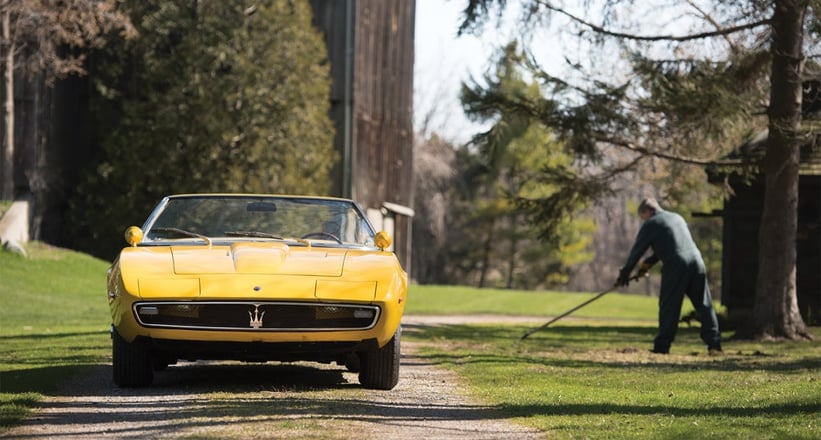
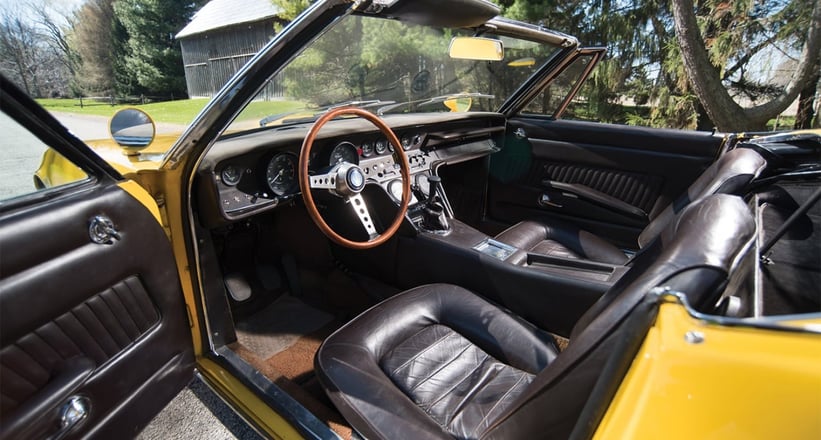
In 1969, Maserati built on the success of the Ghibli by putting the convertible into production, the Ghibli Spyder. Often, the removal of a roof destroys the driving dynamics of a car, but this proved not to be the case with the Ghibli. Although it couldn’t quite match the top speed of the coupé, the convertible Ghibli was renowned for its exceptional driveability, the well-balanced Spyder offering the less-than-expert driver the comfort of predictable handling, even when pressing on.
The Spyder was strictly a two-seater, adapting the rear passenger accommodation of the 2+2 coupé as stowage for the foldaway soft-top. Every bit as beautiful as the coupé, if not more so, the Spyder had the added attraction of extreme rarity, even in its day. Only 125 Ghibli Spyders were ever built, making it a prized collectors’ car today.
Spot the difference
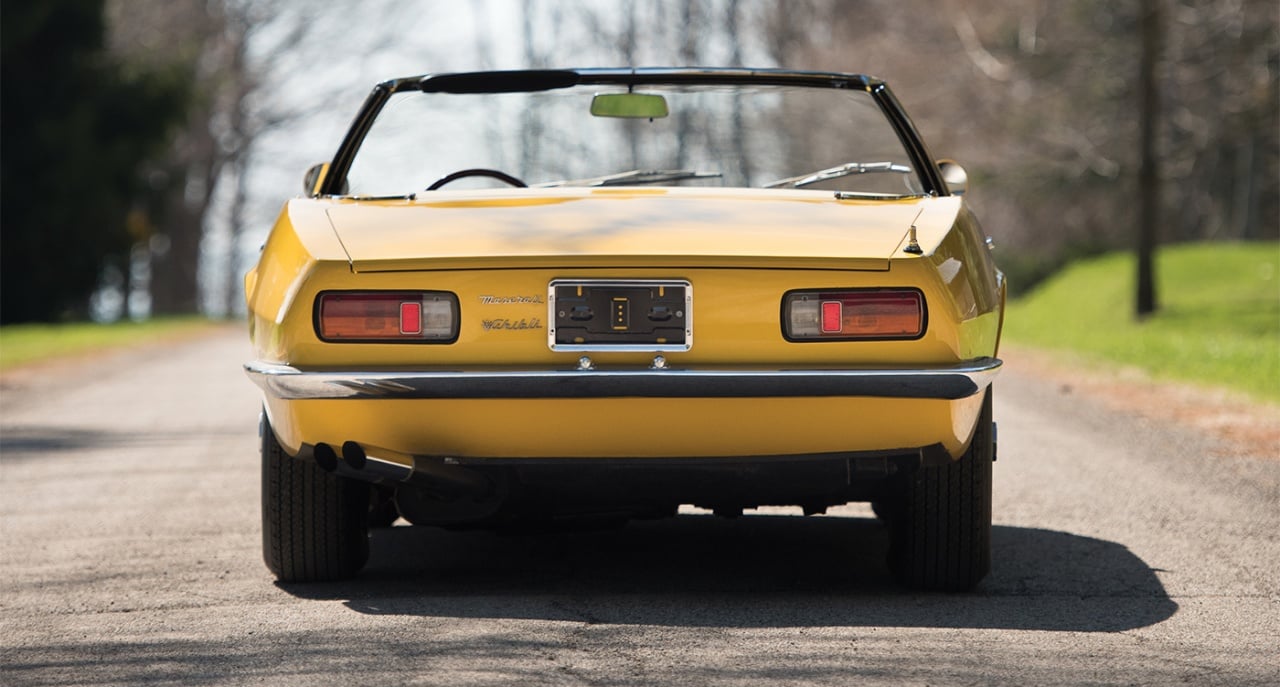
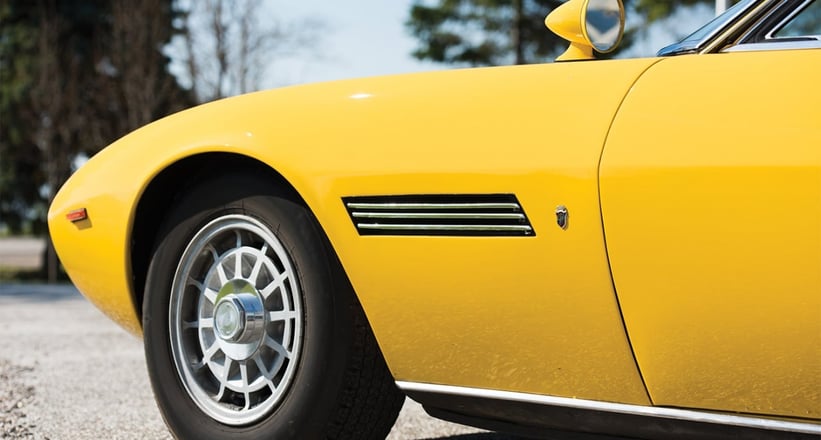
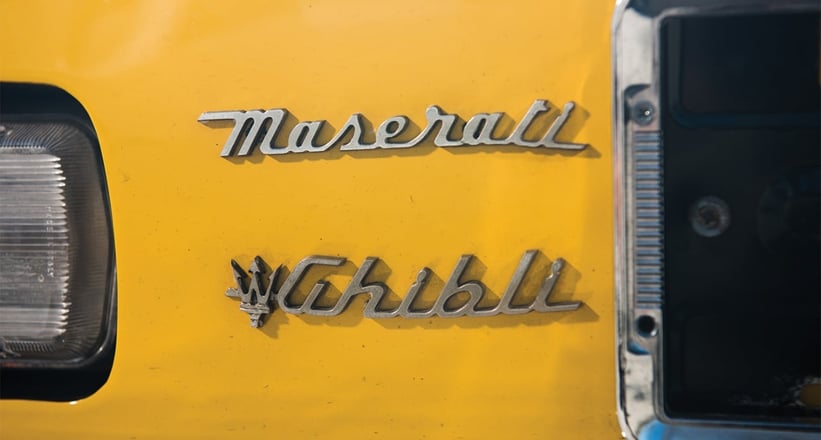
Serious connoisseurs might notice that the pictured car has a few minor styling differences from other Ghibli Spyders – the recesses in the door panels behind the door handles, for example, or the lack of external fuel filler doors on the rear deck. This is because the car shown is not only one of the very few Spyders produced – it’s the very first one, as confirmed by a letter from Fabio Collina, the manager of Maserati Classiche, as well as Maserati-certified copies of the car’s order and delivery sheets. Chassis number 1001, this is the very car that appeared on Ghia’s stand at the 1968 Turin motor show and Maserati’s stand at Geneva in 1969. In October of that year, the car was sold to its first private owner and, after two changes of ownership, it was put into static storage in 1986, where it remained for almost 30 years. Its first public appearance in nearly three decades was at the 2014 Concours d'Elegance of America in Plymouth, where it won the Debut Award, swiftly followed by further concours honours later that same year.
This extremely special example of an already highly desirable model is to be offered by RM Sotheby’s at its Monterey sale on 13-15 August 2015. The estimate stands at $1.2 - $1.8M.
Photos: Darin Schnabel ©2015 Courtesy of RM Sotheby’s
This article is part of the 'Timeless Classics' feature series that is presented and supported by our friends at RM Sotheby’s.



